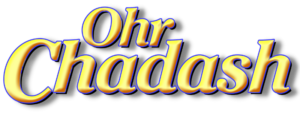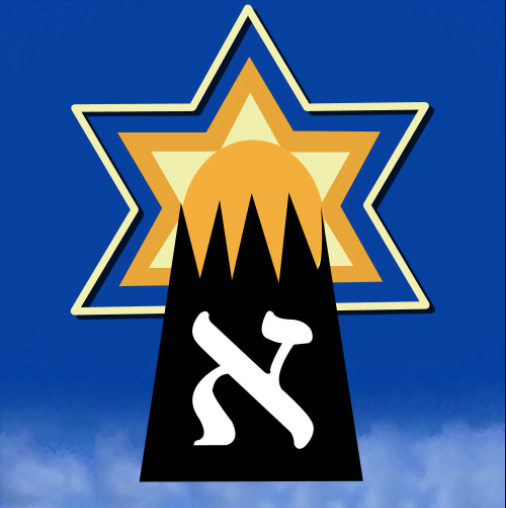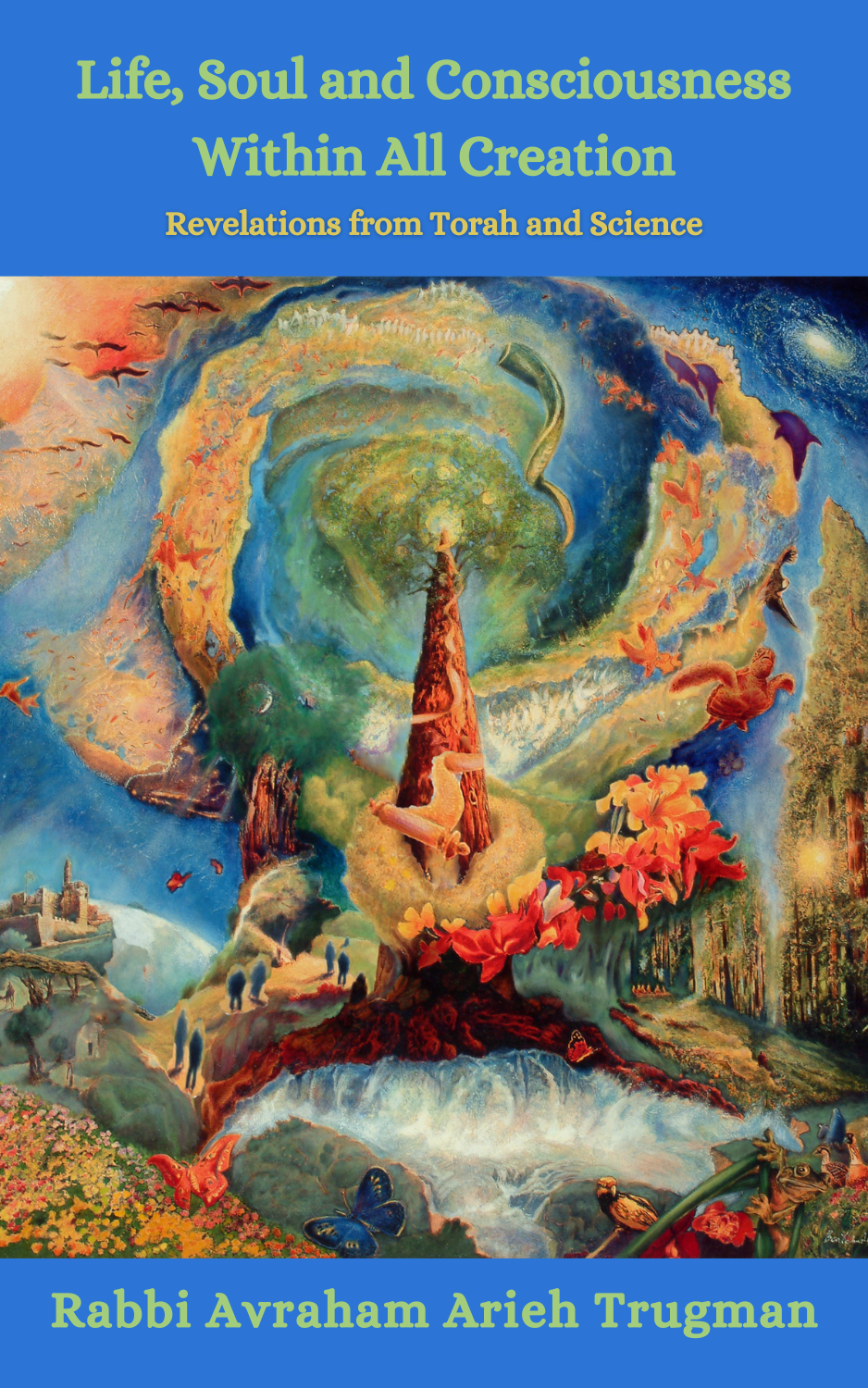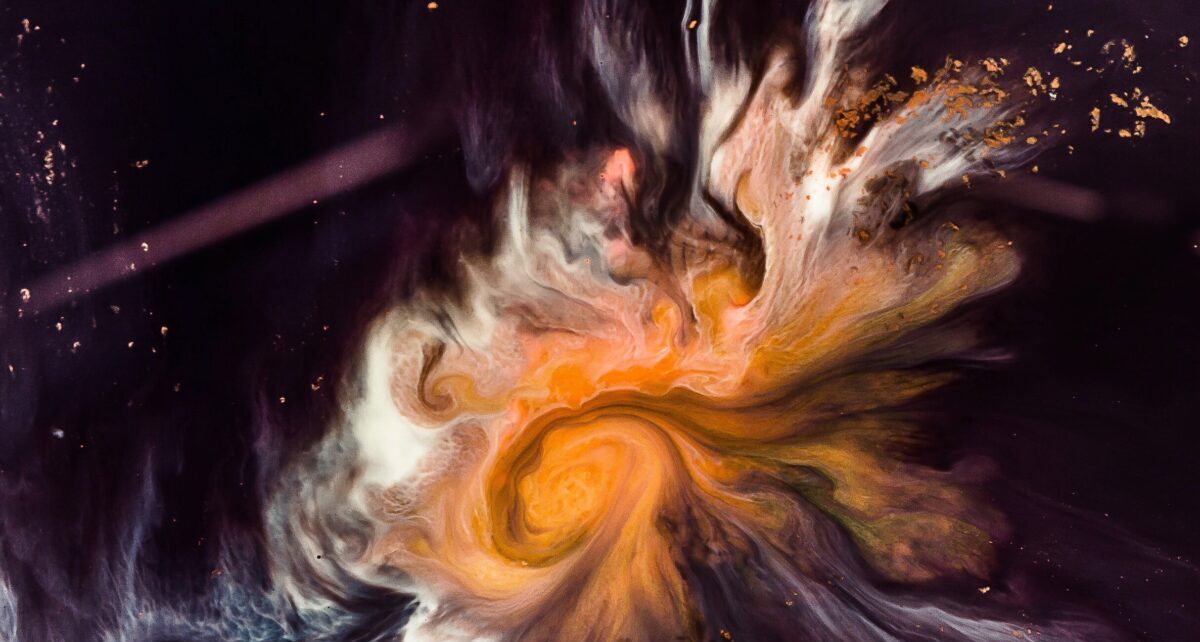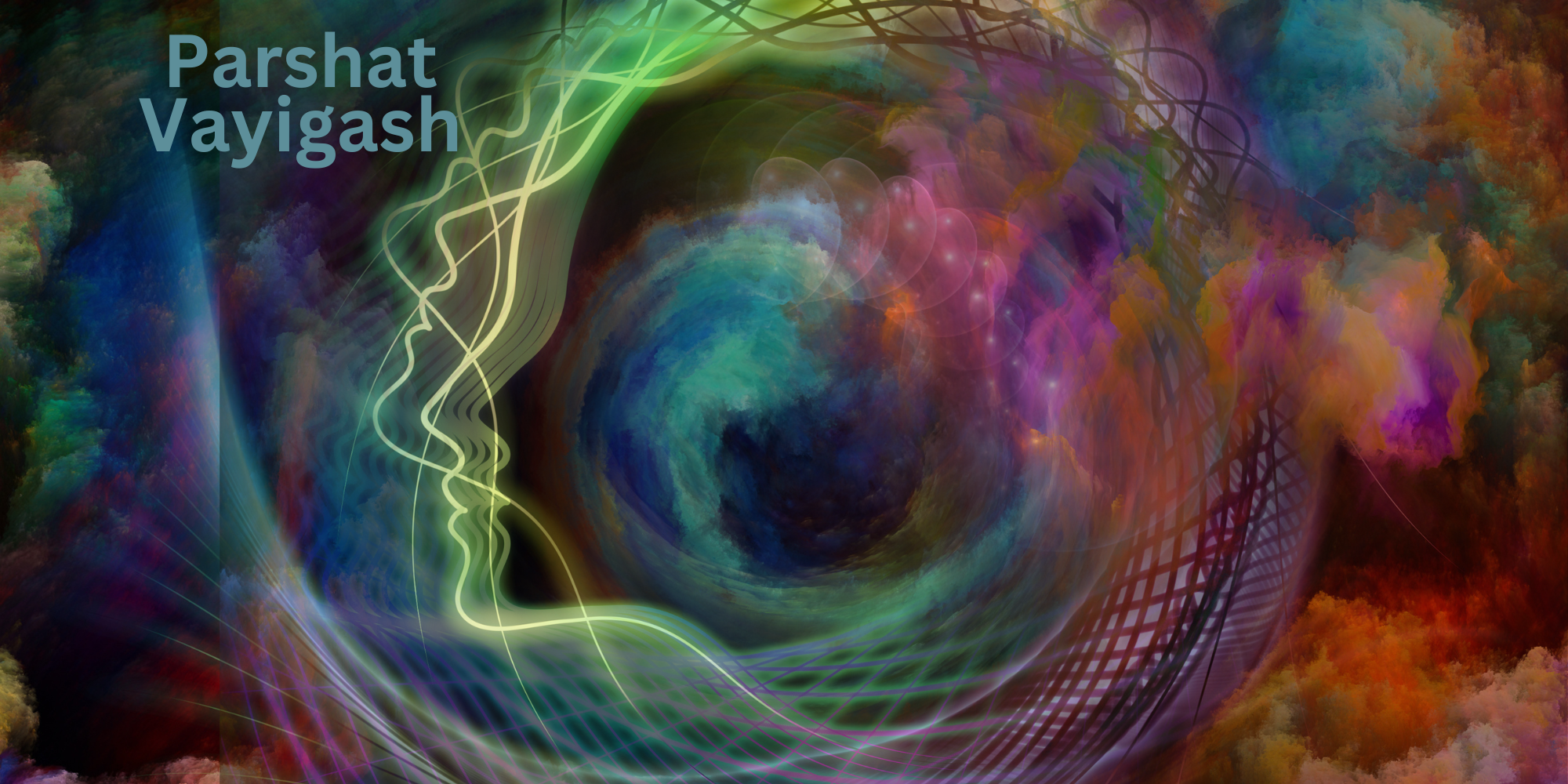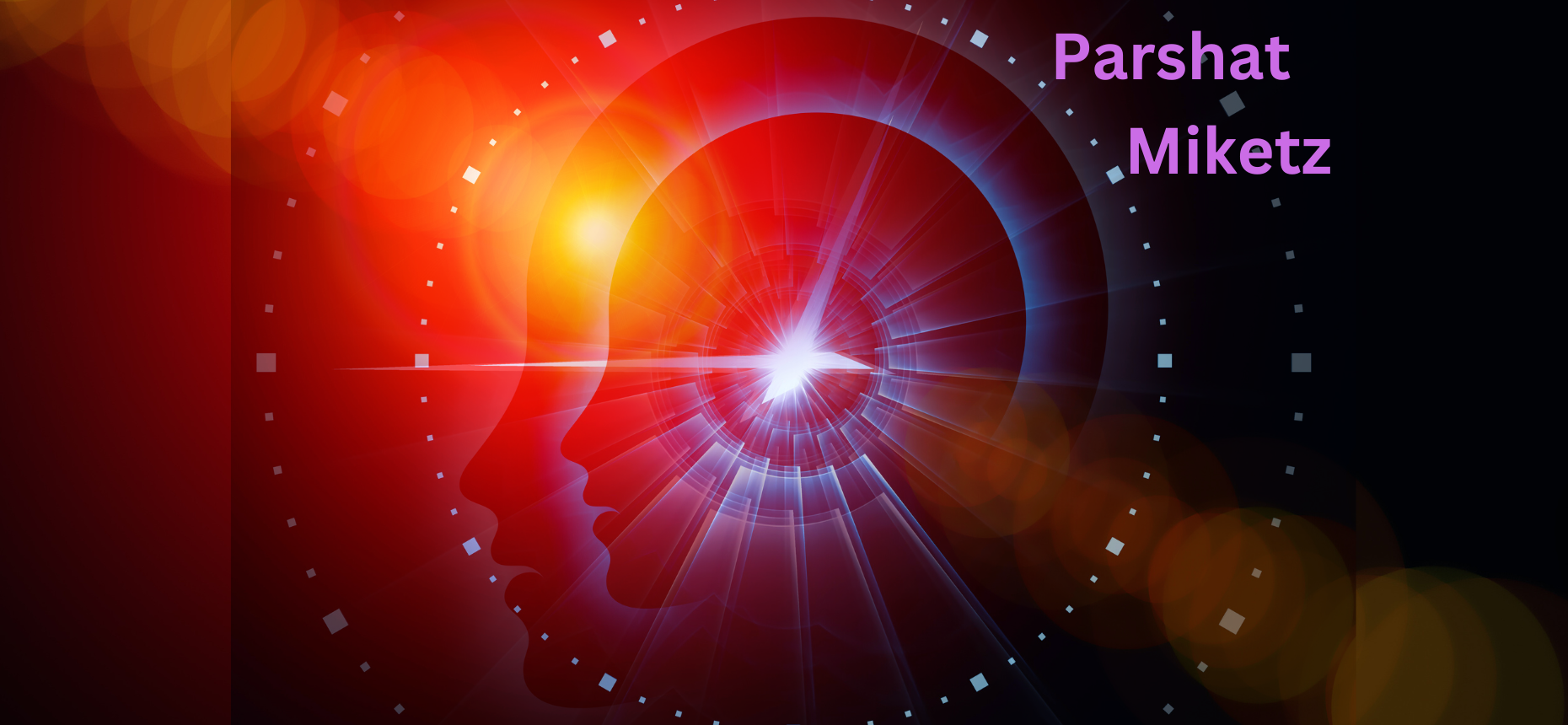The days between the 17th of Tamuz and Tisha B’Av are called the “Three Weeks.” These days represent the collective tragedies that have befallen the Jewish people over the ages, especially the destruction of both Temples which occurred during this time period. As with all other holidays or auspicious occasions, it behooves us to look deeper into the teachings these days have for each individual and the Jewish people.
There are 22 days during this time period, the same number as Hebrew letters. This span of time represents a complete cycle – from alef to tav. Significantly, there is another time period in the Jewish calendar which also has a 22 day cycle – Rosh HaShanah through Simchat Torah. The two days of Rosh HaShanah are referred to as “one long day.” In truth, the entire holiday cycle beginning on Rosh HaShanah, continuing through the ten days of teshuvah and Yom Kippur, and then culminating in Succot, Hoshanah Rabbah and finally Simchat Torah, are in fact one continuous, unfolding, spiritual cycle and process.
The Slonimer Rebbe creates a beautiful image by comparing the 22 days of the “Three Weeks” to drawing the outline of a picture, which is then filled in with a full array of color during the 22 day period of Rosh Hashanah through Simchat Torah. In this paradigm the “Three Weeks” represent contraction and the bare outline, while Rosh Hashanah and the subsequent holidays symbolize creation and the color of creativity.
The emotional constriction one feels when contemplating the suffering and calamities of Jewish history, augmented by some of the customs of mourning we adopt during these days, mirrors the primordial tzimtzum, or contraction, which occurred according to Kabbalah, before the creation of the world could come about. Contraction creates the outline or the “place” of the world. Like a heart beating with alternative motions of constriction and expansion, so too does all creative processes mirror this primordial energy flow.
For an individual this entails going deep within, stripping away all extraneous emotional and egotistical baggage in order to identify one’s inner essential being, and thereby identify one’s place in the world. For the Jewish people it means coming to terms with our essential purpose and mission in history. That we must follow this order of contraction and then expansion is the secret of the ongoing cycles of exile and redemption that are repeated in the Torah numerous times and which create the outline of all Jewish history to this very day.
Just as a woman must first experience the breaking of the waters and the contractions of labor before giving birth, so too does each individual in their creative strivings experience this process. The Jewish people, as well, represent this allegory through our ongoing trials and dynamic history. It is interesting to note that one of the five calamities to occur on the 17th of Tamuz was Moses breaking the tablets after the worshipping of the Golden Calf. Once again, we see a certain breaking must occur before the second tablets, which Moses brought down on Yom Kippur, could take hold and be integrated properly by the people.
The Torah repeatedly reminds us to remember that we were slaves in Egypt. The slavery and oppression we experienced are the “outline” of our becoming a people, the rest of history is filling in the colors. In a deeper sense, all human experience is framed by Adam and Eve leaving the garden of Eden and all subsequent history is trying “to get back to the Garden.”
Therefore, though these days are filled with sad and painful memories, they give us the outline and parameters in which to understand all Jewish and world history. From these reflections we begin to prepare for a new year and the colors we’d like to use to fill in our own picture of life. By feeling deeply the broken world we live in we actually acquire the compassion and tools to rectify the world and ourselves, the best way we can, thereby fulfilling our crucial mission as individuals and as Jews. We can now understand the tradition that the Messiah is born on Tisha B’Av – from the collective birth contractions of the Jewish people will be born our own redemption.
Especially in these days when once again heavy clouds cover our collective Jewish skies, we need to focus deeply on Jewish essentials and our connection to our tradition and the land of Israel. By feeling the pain of the present moment we become motivated to take action in order to improve the situation in what ever small way we can.
“Those who sow with tears will reap with joy” (Psalms 126:5). May this ancient statement be fulfilled for all of Israel and the entire world.
